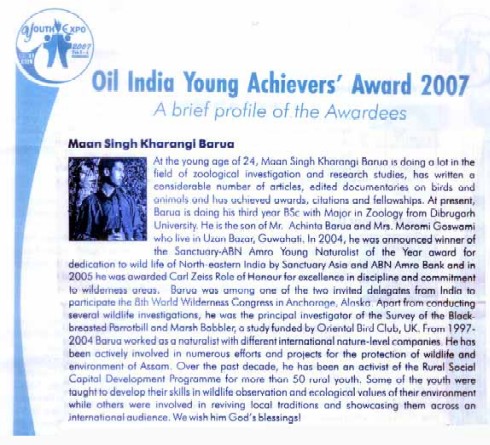Taiwan offers 'freeway' for butterflies
TAIPEI, Taiwan - Taiwan will cordon off part of a highway to create a safe passage for a massive seasonal butterfly migration in the coming days, an official said Saturday.
 AP Photo: In the undated image released by the Butterfly Conservation Society of Taiwan, a Milkweed butterfly... |
The milkweed butterflies — which are indigenous to the island off China and have distinct white dots on purple brown wings — migrate in late March from southern Taiwan to the north, where they lay eggs and die.
The young butterflies then fly south every November to a warm mountain valley near the southern city of Kaohsiung to escape the winter cold in the north.
Conservationists say Taiwan has about 2 million milkweed butterflies.
To protect the migrating butterflies, a 600-yard stretch of highway in southern Taiwan's Yunlin County will be sealed off in the coming days as the migration peaks, said Lee Tai-ming, head of the National Freeway Bureau.
Authorities will set up nets to make the butterflies fly higher and avoid passing cars, Lee said.
He said they will also install ultraviolet lights to guide the insects across a highway overpass.
Taiwan began the laborious task of tracking down the butterflies' 180-mile migration paths in recent years.
Taiwan originally had more types of milkweed butterflies, but the largest became extinct decades ago when they were routinely caught and made into specimens for sale, the newspaper said.
Story










